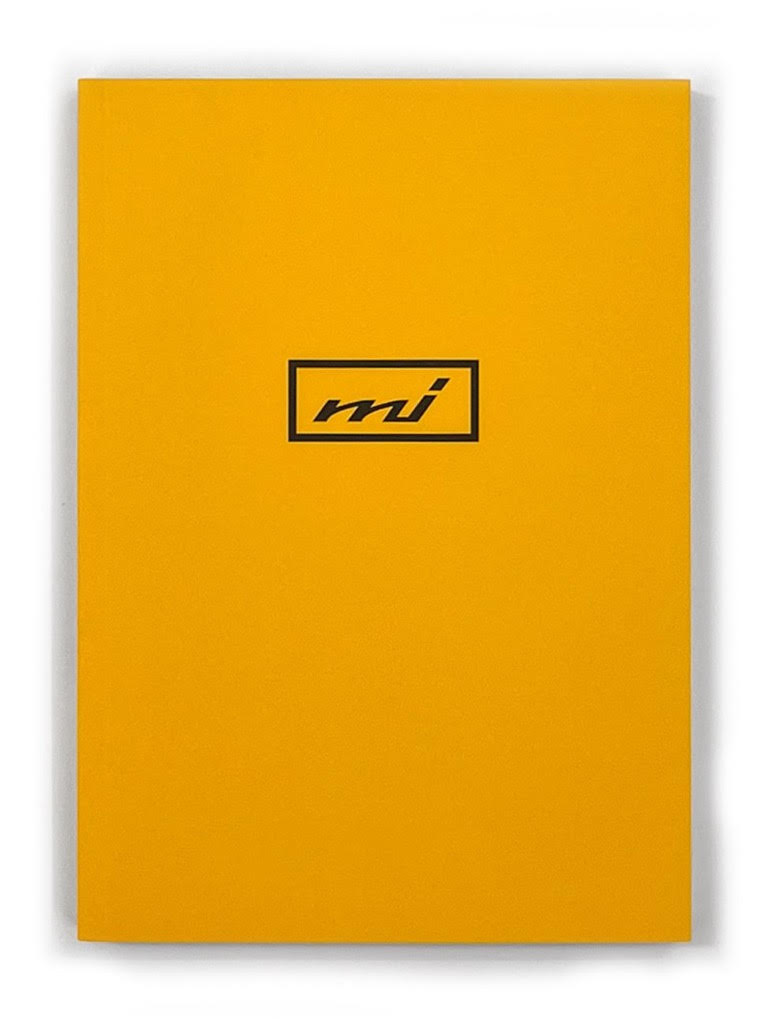4 July 2025 07:00PM
This book chronicles an otherwise forgotten “art group” and their projects within the nascent art scene of 1990s Los Angeles.
Includes historical texts by Kevin Hanley and Jonathan Kroll, complemented by new texts from Diedrich Diederichsen, Kevin Hanley, Frances Stark, and Jan Tumlir.
“Microinternational” was not only the name of a group but also the title of an event, or a series of events, envisioned by its producers with the longer-range goal of creating a context. … Wherever their projects took place, they found support among other artists and friends, especially in Los Angeles and its environs, and later, occasionally in Germany or Austria. Generally, these events were experiences that either followed certain rules or broke them. These rules could describe “games” or “projects,” or even “pieces” (as in dance or theater). In their instructions or scripts, the collaborators are often called “performers.” There was also a lighting and projection setup that resembled a stage setting, yet the sites themselves were not conventional theaters. Instead, they were usually galleries or other spots that tended to be part of the local visual arts infrastructure. Still, it was not the kind of performance art that the previous generation defined as a genre for expression, for presenting a self, outside of any kind of role. Rather, the collaborators seemed to orient themselves on everyday life and its (unremarked and thus largely invisible) rules, only to redirect or reorient them. It is not so much “Goffman” and role playing in everyday life as it is Foucault and the “ethnology of one’s own culture”—only performed with sunglasses and very pointy instruments.
—from the essay by Diedrich Diederichsen
Microinternational is published by 2nd Cannons in an edition of 400 copies. Buy here.
